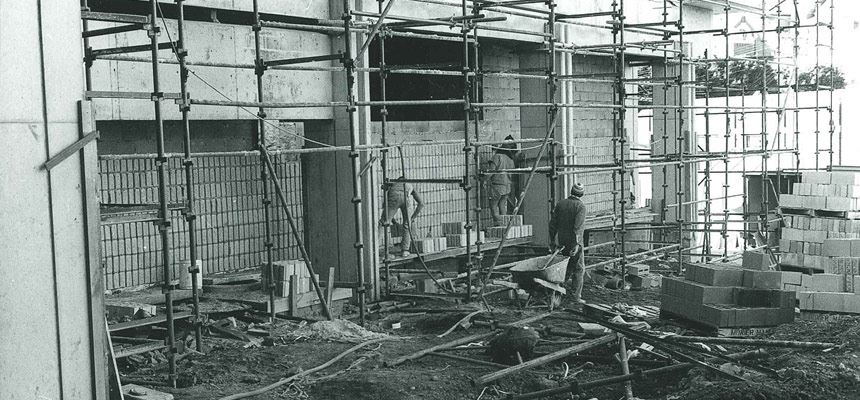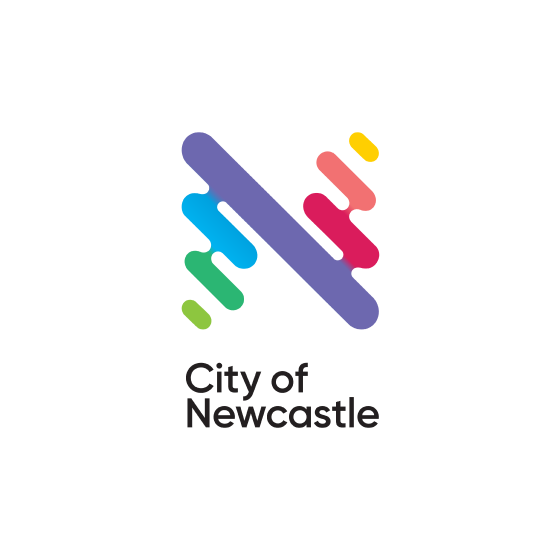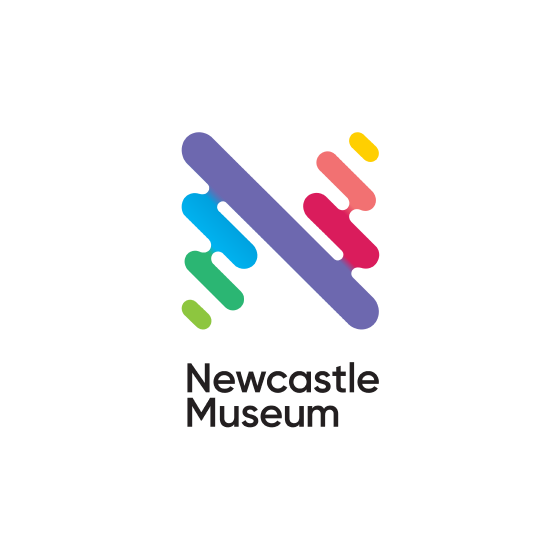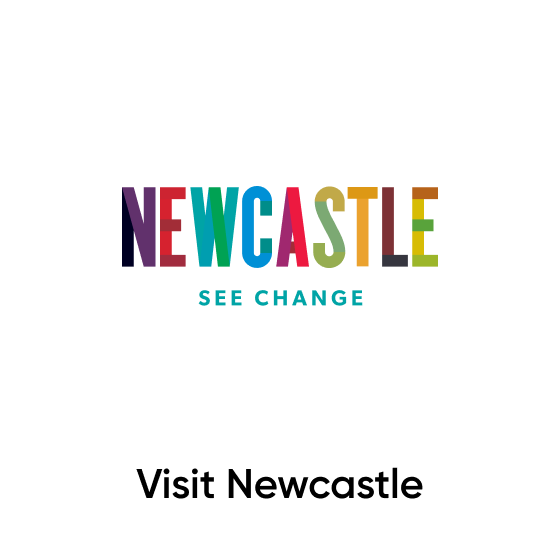History

Nationally recognised as one of the finest public collections in Australia, Newcastle Art Gallery holds over 7,000 works of art and the quality and breadth of its collection makes it a significant cultural asset for the city.
In 1945, Dr Roland Pope, an ophthalmic surgeon from Sydney with familial connections to Newcastle, promised the bequest of his art collection of some 123 works of art to Newcastle, conditional upon the construction of an art gallery to house them. Pope's bold promise was fuelled by a passionate belief that a steel city could have the best art gallery in the country. His collection was held in storage for 12 years awaiting the Gallery's opening, which came in 1957, when 'Newcastle City Art Gallery', as it was then known, opened on the second floor of the War Memorial Cultural Centre, adjacent to the Gallery's current home.
The Gallery was constructed in the mid-1970s and officially opened by Her Majesty Queen Elizabeth II on Friday 11 March 1977. Proudly, Newcastle Art Gallery is Australia's first purpose built modern regional Gallery. Applauded as a model for medium-sized galleries, it has an innovative floor plan and hanging system. Further, the building is also an important example of early 1970s architecture with its geometric forms and brutalist aesthetic. Newcastle City Council's architect Brian Pile was the designer of the present-day brutalist building.
The collection reflects the history of Newcastle as the eighth largest city in Australia. Established in 1804 as a penal settlement, and the earliest works in the Gallery's collection are by convict artists. Joseph Lycett's paintings of early Newcastle, or Coal River as it was known in the early nineteenth century, give central prominence to Nobbys headland, the quintessential feature of Newcastle harbour. Lycett's early views of Newcastle also document the Indigenous inhabitants of the region, namely the Awabakal and Worimi people, whose lands spread north of the Hunter River and south to encompass Lake Macquarie. You can find more information about the collection in the Collection pages.
Newcastle is now the largest coal exporting port in the world; a proud working class city with a rich colonial, maritime and industrial history. The presence of industry and the mandate to meet the cultural needs of a working class city resulted in substantial donations including the Nagano Japanese ceramics collection, which derives its name from Shigeo Nagano - former chairman of Nippon Steel. This collection paved the way for subsequent donations of Japanese ceramics including a landmark gift of the avant-garde Sodeisha collection.
In the early years, the Gallery’s first director, Gil Docking, procured the donation of key works including William Dobell’s Portrait of a strapper 1941, described by the artist as one of his finest portraits. Another former director David Thomas, procured the works of early Modernists including Grace Cossington Smith, Margaret Preston, Roland Wakelin and Jack Noel Kilgour among others, and his scholarship on Rupert Bunny resulted in exceptional purchases and donations.
The establishment of von Bertouch Galleries in 1963 (the city’s first commercial gallery) greatly enhanced the cultural life of Newcastle. Anne von Bertouch introduced many significant artists to Novocastrian audiences. Her stable included Arthur Boyd, David Boyd, Lloyd Rees, Judy Cassab, Margaret Olley, Donald Friend and John Coburn. Her quest to make Newcastle the 'art capital of Australia' was furthered in 2003 when she bequeathed her own private collection to the city.
Arguably the Gallery’s most loved painting is Summer at Carcoar 1977 by Brett Whiteley. Commissioned by Newcastle resident and collector Dr William Bowmore, this massive painting condenses all of Whiteley’s stylistic trademarks and influences. In 1978 Whiteley won the Wynne Prize with Summer at Carcoar, along with the prestigious Archibald and Sulman prizes in the same year. Bowmore is also responsible for the donation of many of the international works in the collection, including important bronze sculptures by Jules Dalou, Jacob Epstein, Henri Gaudier-Brzeska and Auguste Rodin.
The city has also produced its share of artists. William Dobell, John Olsen, William Rose, Tom Gleghorn, Ross Morrow and Jon Molvig were all born and bred in the city, while artists including John Passmore, Royston Harpur, Stanislaus Rapotec, Matthew Perceval, Shay Docking, and Margaret Olley have been drawn to the city, to its architecture and industrial vistas as well as the natural beauty of its harbour and beaches.
Owned and operated by the City of Newcastle, Newcastle Art Gallery continues to present a dynamic range of exhibitions and events for the local community and visitors alike. It's collection continues to grow, through the support of the Newcastle Art Gallery Foundation, the Newcastle Art Gallery Society, and the benefaction of countless individuals, artists, and companies.












